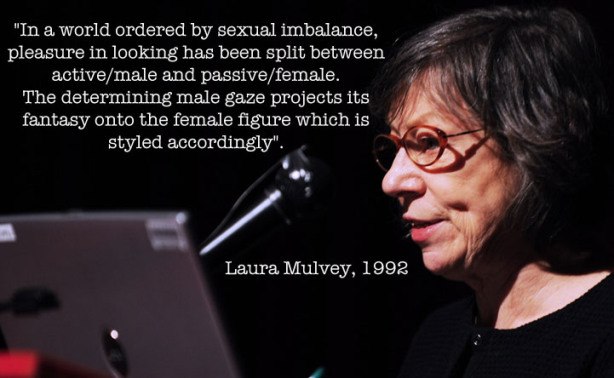I intent my product to be seen in two different views and ideologies. First my advert will contain a modern approach set as a reactionary view of men, that all men wish to be manly and want to be strong and have muscles. It will be a target market of 18 – 45, young adult to older men who wish to be fit and stereotypically attractive to women. On the other hand, the second advert will be a radical view in the sense that the dominant signifier will be a female based in an earlier era such as the 60’s and the whole idea will be based around that woman can work out and be strong and muscular too.
In the first advert, it will be a sort of personal attack and a bit degrading in a sense, like modern advertising now. I will be using methods to subtly manipulate the target audience to believing that they need the protein powder to be fit and muscular as well as instilling a toxic ideology that all men want to be strong to also be stereotypically attractive to women. To generate more sales, the dominant signifier, a man will wear a fake muscular outfit with the idea that you don’t need to fake it, you can be it, by buying the “my protein” product. I’ve recently tired to portray this by using certain features in the advert such as a indexical sign that stands out to say something along the lines of “Build more muscle now!” and other symbols to try to steer the customer to buy the product and assure that this is what they want. The main object, being the protein will be held by the main subject in the ad who is also the dominant signifier, or instead placed in front of the flash lighting with soft boxes, it will create a professional image for the protein to created a signified field. It will attain a negative stereotype that all men want to be muscular, this follows the ideas of the score SCP that the man can get what he’s “always wanted”. The ad is trying to construct an identity amongst the market for everyone to fit and healthy and the only way to do so is to consume protein powder, it doesn’t promote exercise itself, just promotes the protein powder itself. There will be an anchorage with the indexical sign and tagline “It doesn’t have to be fake, it can be real” with the idea that the dominant signifier and the customer will be ashamed with their appearance and will want to be big and muscular. The image of the anchor will be the dominant signifier. The denotation of the ad will be to obviously generate more sales for my product as if it were a real product to be sold. I will be trying to professionally recreate and generate my own ideas for an advertisement with both radical and reactionary ideas. I will be bringing my own protein powder to be used in the ad as well as sporty clothing and something to substitute for the reactionary idea of men wanting to be strong. I followed the style model by following the ideas of the very muscular man pared with the protein in a syntagm to show that the protein powder helps the man become very strong. A health and fitness company would make my product in order to sell to the large market. This is directly related to the company in the style model “My Protein”.
On the other hand, we have the second ad that will be based on radical ideas. It will be a female, perhaps based in the 60’s/70’s, an era where woman were subjects to sexism and degrading advertising in a voyeuristic manner to take advantage of the male gaze to produce more sales. However, my ad will be a radical representation as the female will not be sexualised at all and will follow an idea that women can be strong and muscular too. This is a counter-stereotype to oppose ideas that women are below men and cannot do what men can do. I will do this by getting a female in non-sexualised clothing who looks serious and strong whilst holding the protein, the idea is that the female is very serious about the idea of fitness and becoming strong also, which is a clear radical idea, specifically in the era the ad will be held in, this all fits to be a syntagm. The audience of this advert will be women who wish to be strong and muscular also and to be respected and feared, to oppose to typical social constructs. In a sense the ad is a rebellion for women to break out of the sexist society of the era.




